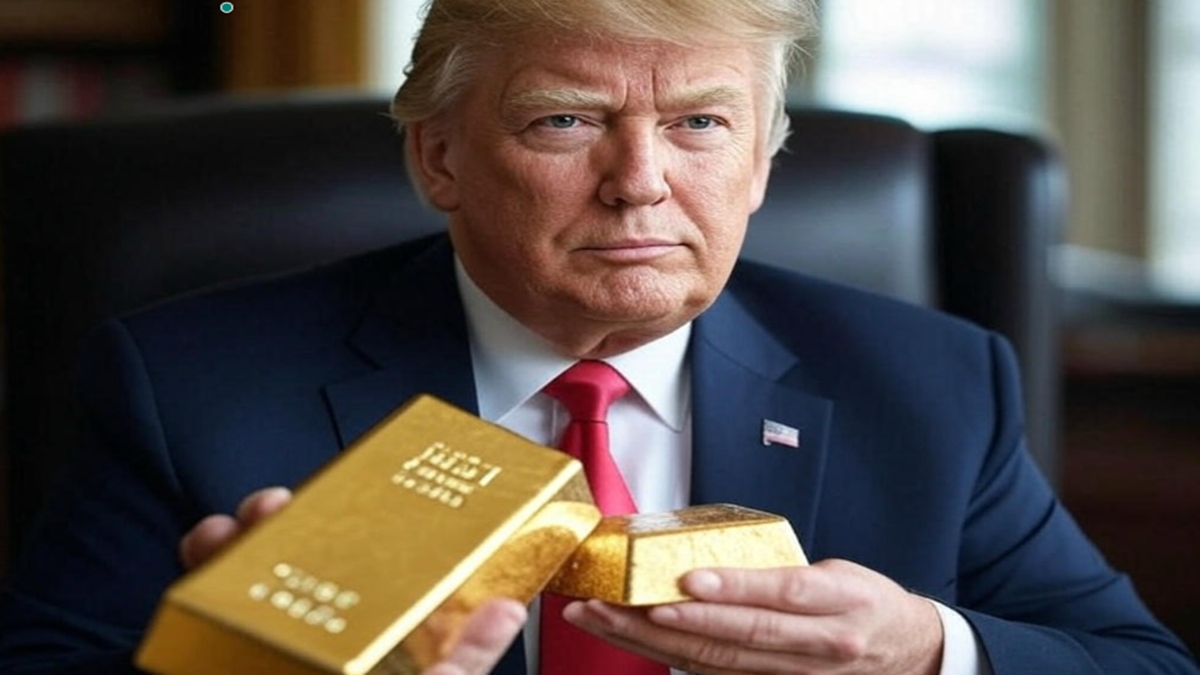Gold has long been regarded as a "sleeping giant" in the financial markets. Historically, the price of gold tends to remain stagnant for extended periods before experiencing sudden surges. From October 2011 to October 2022, gold prices hovered around $1,700. However, a remarkable shift occurred in November 2022, propelling the price to an unprecedented $3,500 this month.
The Resurgence of Gold
The last significant spike in gold’s value happened between October 2018 and August 2020, where it surged from $1,130 to $1,984, marking a staggering 75% increase in less than two years. The recent bull market began in 2023, showcasing a 13% rise, followed by an impressive 27% gain in 2024.
Factors Driving Gold Prices Up
Curious about the factors fueling this renewed interest in gold? Here’s a breakdown of the key elements influencing the market:
- Trump Tariffs: Recent announcements regarding tariffs have led to a 25% increase in gold prices this year.
- Economic Uncertainty: The ongoing trade tensions between the U.S. and China are causing market instability, creating a favorable environment for gold as a safe-haven asset.
The Impact of Trump Tariffs on Gold Prices
The reintroduction of tariffs under Trump’s administration has significantly affected global economic activities. The anticipated slowdown in trade is raising concerns across economies, particularly due to the U.S.-China trade war. Such instability often drives investors toward gold.
However, gold’s recent rally appears to be encountering some resistance. After reaching a peak of $3,500 on April 22, the price has since declined by nearly $200, currently trading around $3,300. In India, the price of 24-carat gold is now Rs 95,320, having previously hit Rs 1 lakh for 10 grams.
Challenges Facing Gold Prices
What has led to this decline in gold prices? Several factors are at play:
- Easing Trade Tensions: Trump’s recent softening stance on tariffs and China’s commitment to de-escalation have contributed to reduced market fears, leading to a decline in gold prices.
- Federal Reserve Dynamics: Trump has historically pressured the U.S. Federal Reserve to lower interest rates. However, his recent shift in tone regarding Fed Chair Powell has alleviated some market anxieties, further impacting gold prices.
Economic Indicators and Gold’s Future
Gold’s value is closely tied to the strength of the U.S. dollar. Currently, the Dollar Index sits below 100, which typically supports higher gold prices. However, as trade tensions diminish, the dollar may strengthen, posing a potential risk to gold demand.
- Rising Treasury Yields: The U.S. 10-Year Treasury yield recently reached 4.5%, signaling possible headwinds for gold. Higher yields generally lessen the appeal of gold as an investment.
Looking Ahead: What’s Next for Gold?
As the economic landscape evolves, gold may face increased competition from equities as investor confidence grows. A stable global economy could reduce the demand for gold as a safe haven, leading to potential price dips.
Nonetheless, the situation remains fluid—Trump’s unpredictable policies and the effects of reciprocal tariffs could still play pivotal roles. Moreover, central banks continue to purchase gold, indicating that demand may remain robust.
For investors, a dip in gold prices could present a strategic opportunity to maintain a portfolio allocation of 5-10% in gold.
Conclusion
As we move through 2025, it’s crucial to monitor the interplay between the dollar, U.S. Treasury yields, and geopolitical tensions. The gold market may experience fluctuations, but one thing is certain: the potential for unexpected developments remains high, and gold will continue to be an asset worth watching.
For further insights on gold price trends and investment strategies, explore our related articles on market forecasts and economic indicators.











